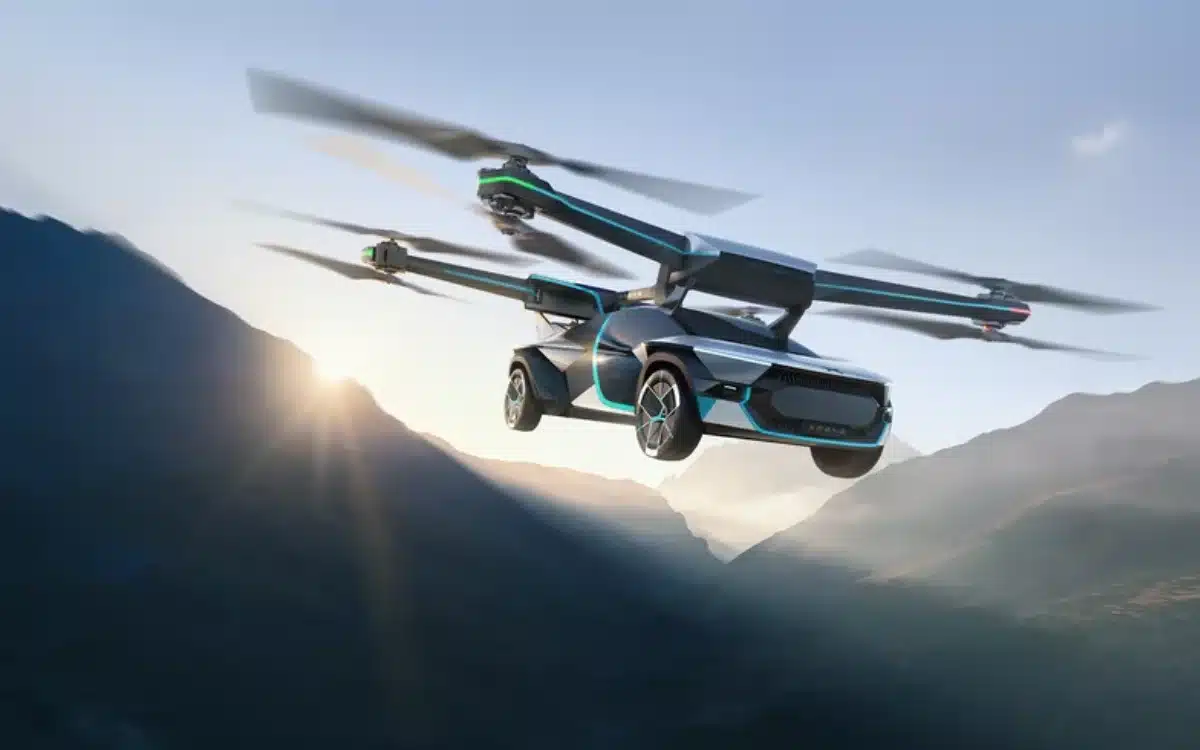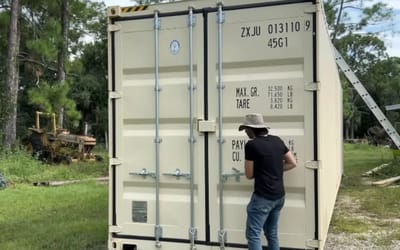The challenges and obstacles facing flying car mass production
- From The Jetsons to Back to the Future, flying cars have always fascinated humans
- Developing flying cars isn’t easy though, and there are plenty of challenges to tackle before they become a reality
- What exactly are these challenges, and when can we realistically expect to see flying cars in action?
Published on Apr 19, 2024 at 7:20 PM (UTC+4)
by Andie Reeves
Last updated on Apr 19, 2024 at 7:21 PM (UTC+4)
Edited by
Tom Wood
The concept of a flying car has been around since cars were first invented.
From The Jetsons to Back to the Future, flying cars seemed like an inevitable part of the future.
But here we are in 2024, and cars are still firmly on the ground.
Developing flying cars isn’t easy, and there are plenty of challenges to tackle before they become a reality.
READ MORE: Jetson ONE ‘jet pack’ shown off taking flight in incredible footage
So, what exactly are these challenges, and when can we realistically expect to see flying cars in action?
Once the stuff of sci-fi films, flying cars are inching closer to reality than ever before.
In 1917, the first known design for a flying vehicle emerged, known as the Autoplane.
Over 100 years later, progress has been gradual but humanity remains fascinated by the idea.
Jetpack Aviation claims its flying motorbike will be available by 2028.
And XPeng’s X2 has been spotted on a test ‘drive’ around the city of Guangzhou in China.
Even Boeing is launching a sub-division focused solely on producing flying vehicles.
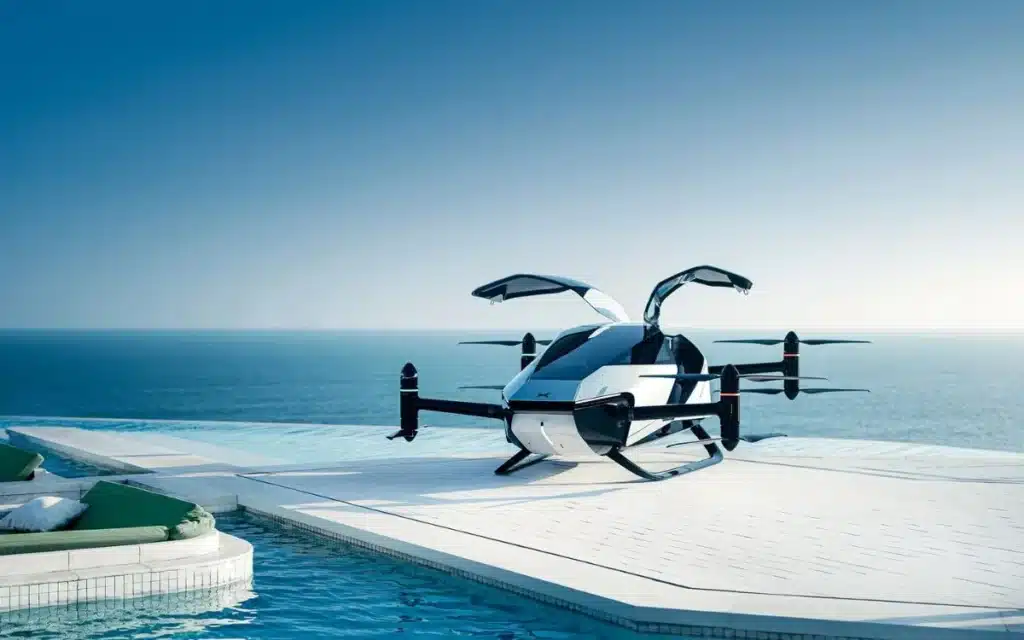
But with so much interest shown and incredible technology available, why has progress been so slow?
Making prototypes can and has been done, but mass-producing these vehicles poses a unique set of challenges and obstacles.
Some are technical while others are regulatory or societal.
Flying car air traffic management
Traffic management is complicated enough on the ground.
An advanced air traffic management system would need to be developed to help personal flying cars coordinate with aircraft, drones, and other airspace users.
Take a city like Los Angeles, for example, where over 700 car crashes occur every week.
Taking that potential chaos to the sky would have devastating results without solid traffic management.
What that traffic management might look like is nearly impossible to visualize.
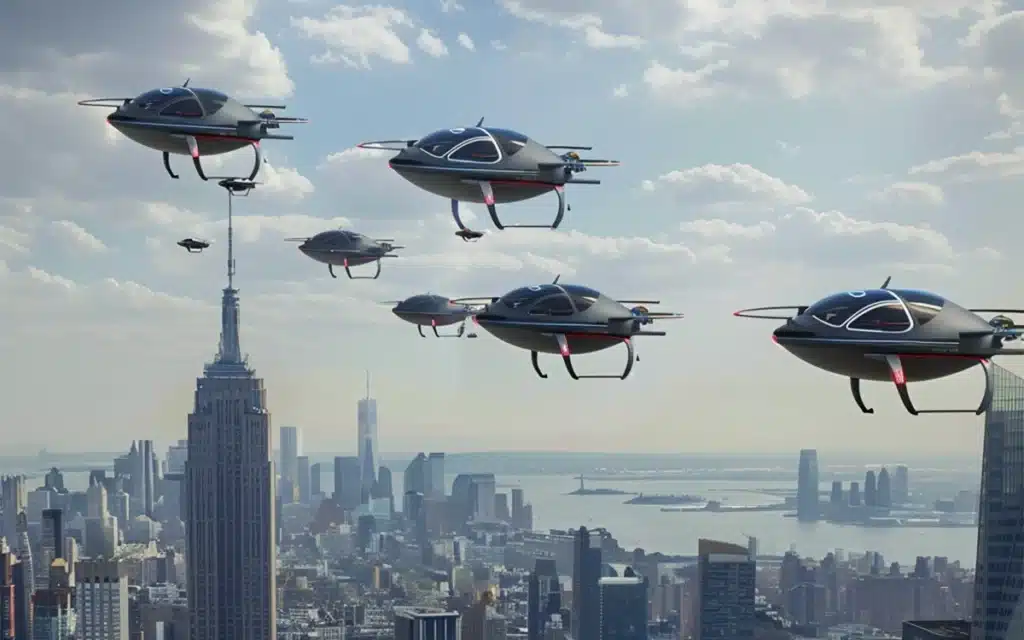
Safety regulations
There’s no such thing as a fender bender when two planes crash into each other.
A crash in the air is typically catastrophic, with little chance of survival.
For this reason, flying cars would need to adhere to rigorous safety regulations.
We would need to develop new standards for vehicle design, construction, and maintenance, plus a new type of driving license.
To get around the need for a new license, it’s likely flying cars will be largely autonomous.
However, this will increase the liability burden on manufacturers, making them less appealing to mass produce.
Insurance will be complex and expensive too, especially in the early stages when we don’t have data for these cars.
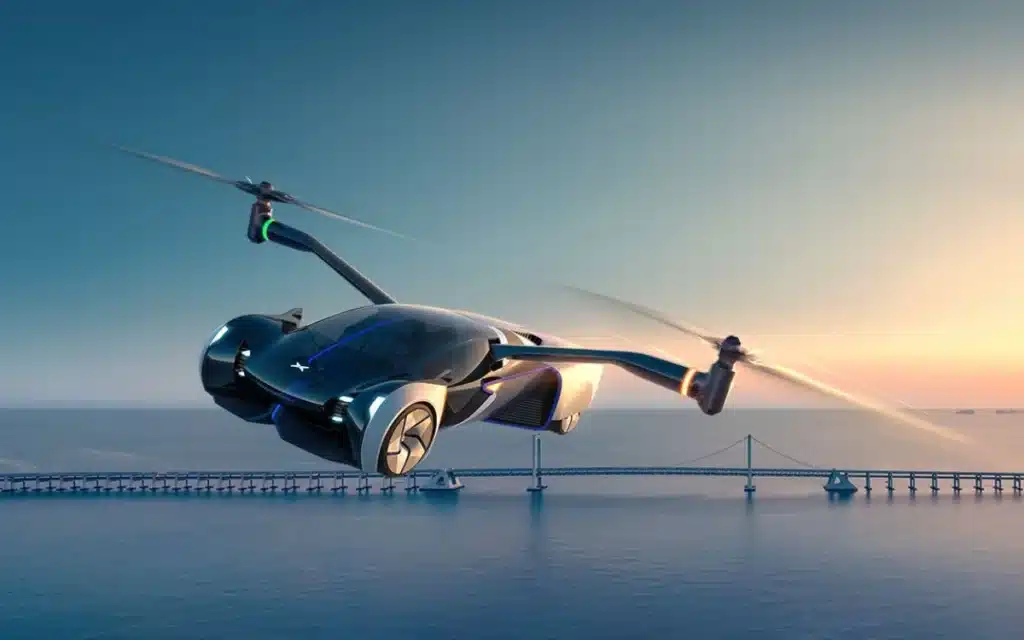
Noise pollution
Noise pollution was one of the reasons for the fall of the Concorde, as residents weren’t happy with its sonic boom over their neighborhoods.
The noise of flying vehicles would need to be addressed before they would become acceptable in urban areas.
This could be by developing silent propulsion systems or limiting the areas where these cars could take off and land.
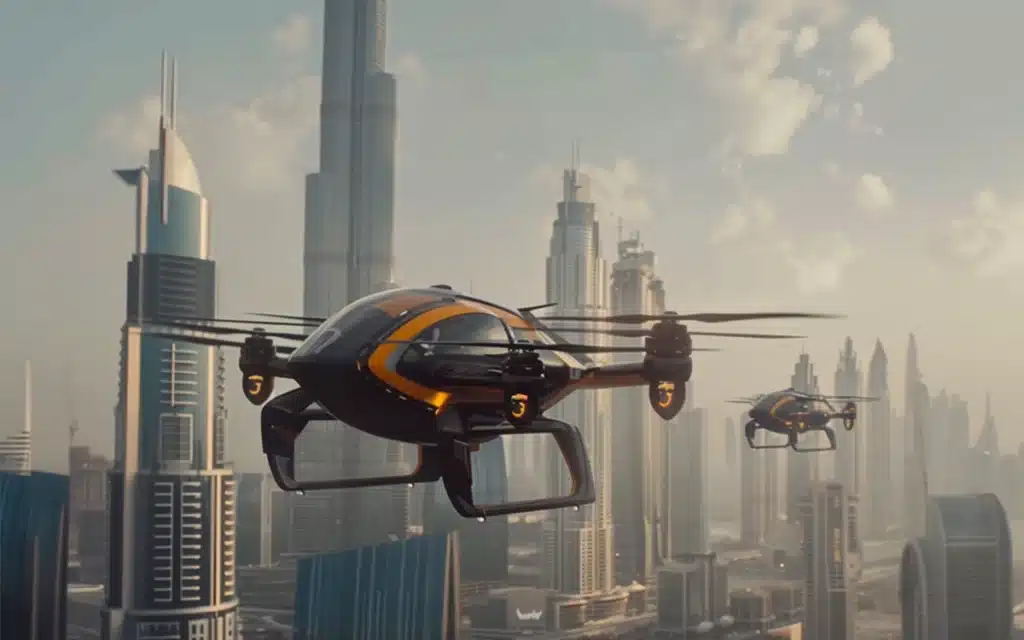
Public acceptance
Some countries predict they will have flying taxis in their skies as soon as 2026.
But it will take a lot of work to convince the public that these cars would be safe and beneficial.
One major concern would be privacy, considering a flying vehicle will have unprecedented views of homes and cities.
And while safety concerns regarding the vehicles themselves are important, ensuring the safety of innocent civilians is also a significant consideration.
A deadly crash in the sky could be devastating for the people on the ground below too.
Cost of a flying car
As it stands, vehicles like eVTOLS are inaccessible to the average consumer.
The Liberty is set to hit the airspace of Dubai soon, able to transition from road to air in minutes and promising to offer a door-to-door driving service.
With a price tag of $799,000, however, it’s aimed at a very small group of people.
A lot of pricey infrastructure would need to be developed too, like charging stations, air traffic management systems, and vertiports.
Not to mention the huge administrative costs, including developing new licenses, training air traffic staff, creating new legislation, and more.
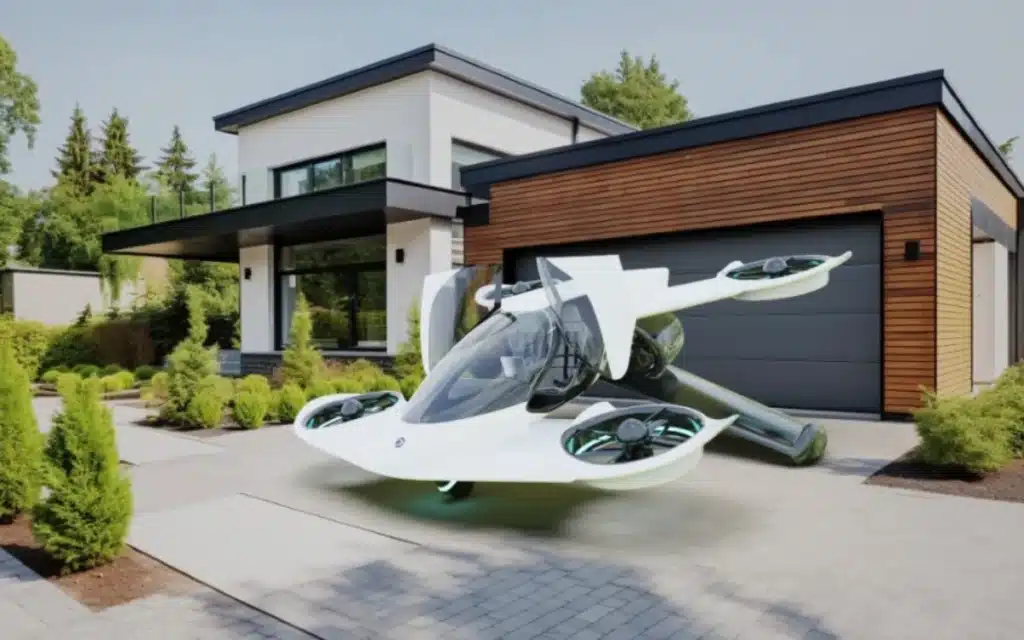
From the seemingly insurmountable safety concerns to the high cost of production, flying cars seem more trouble than they’re worth.
But these challenges are not enough to deter innovators excited by the idea of whizzing through the skies.
While mass production seems to be a faraway dream, there’s no doubt small private flying cars will soon be available to the public.
Whether or not we’ll be able to afford one is another story.
DISCOVER SBX CARS: The global premium car auction platform powered by Supercar Blondie
Andie is a content writer from South Africa with a background in broadcasting and journalism. Starting her career in the glossy pages of Cosmopolitan and Marie Claire, Andie has a broad portfolio, covering everything from sustainability solutions to celebrity car collections. When not at her laptop Andie can be found sewing, recording her podcast, taking board games too seriously or road-tripping in her bright green Kia.
